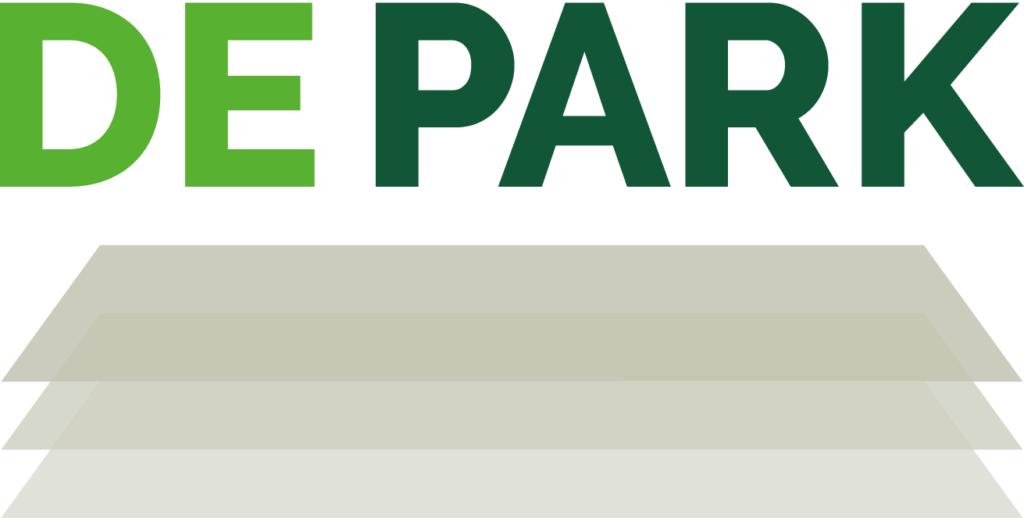Inhaltsverzeichnis
Parking systems for underground garages: an overview of the various systems
Modern underground parking garages should not only offer sufficient space for vehicles, but also be efficiently designed to save time and space. Parking systems for underground garages offer an optimal solution for this. In this glossary text, we present the different types of parking systems and give you an overview of their advantages and disadvantages.
1. lifting systems
The lifting system is a common type of parking system for underground garages. Cars are parked on platforms that can be adjusted in height. This allows several cars to be stacked on top of each other to make optimum use of the limited space in the underground garage. The lifting system is an ideal solution for garages with limited space.
Advantages:
- Space-saving
- Easy handling
- Low maintenance costs
Disadvantages:
- Higher investment costs
- Limited height of the vehicles
2. stack parking systems
Stack parking systems are another widely used parking system for underground garages. Cars are parked on platforms that can be moved horizontally. This allows the car to be moved to a parking space below in order to park another car. Stacking parking systems are an ideal solution for garages with a limited ceiling height.
Advantages:
- Space-saving
- Low maintenance costs
- Suitable for garages with limited ceiling height
Disadvantages:
- Limited availability with larger parking space requirements
- Higher investment costs
Parking robot
Parking robots are an innovative solution for parking situations in underground garages. The car is placed on a platform, which is then automatically parked in the correct position by the robot. The parking robot independently finds the free parking space and collects the car when the driver needs it.
Advantages:
- High efficiency
- No need for parking spaces for drivers
- Reduced waiting time
Disadvantages:
- Higher investment costs
- Complexity of the system
Shuttle parking systems
Shuttle parking systems are a popular solution for larger underground parking garages. Cars are parked in a car, which then drives the car to a free parking space. The shuttle service is a very efficient solution, as the car is parked immediately and the driver does not have to search for a free space.
Advantages:
- Efficient
- Low space requirement
- No restrictions on vehicle height
Disadvantages:
- Higher investment costs
- Complexity of the system
Conclusion
Overall, parking systems for underground garages offer an efficient and space-saving solution for the modern city dweller. Each system has its advantages and disadvantages and should be individually tailored to the requirements of the underground car park. The lifting system, for example, is particularly suitable for garages with limited space, while shuttle parking systems are better suited to larger garages. Parking robots are an innovative solution that is particularly suitable for garages with a high volume of traffic. Stacking parking systems are an ideal solution for garages with a limited ceiling height.
Which system is most suitable also depends on various factors, such as the size of the garage, the number of parking spaces, the height of the ceilings or the frequency of use. Building owners and investors should therefore carefully consider which parking system is most suitable and what costs are involved.
However, it is important to note that all parking systems for underground garages contribute to efficiency and sustainability. The space-saving and efficient design of underground garages reduces the need for parking spaces, which relieves pressure on public spaces and improves traffic flows.
Overall, parking systems for underground garages offer a promising solution for the efficient and sustainable design of parking garages. With the right choice of system, building owners and investors can make a valuable contribution to urban development.
You are welcome to contact us HERE for more information!
